MAD ABOUT MADAGASCAR
EXPLORING THE ISLAND’S DISTINCTIVE TERROIR
AND ITS UNIQUE CACAO IN LIMITED SUPPLY
MADAGASCAR
TEMPTATION ISLAND
Madagascar is situated in between 20° 00′ South latitude and 47° 00′ East longitude in the Indian Ocean. The island is separated from the southeastern coast of Africa by the Mozambique Channel, of about 400 km in its narrowest point. With an area of 587,000 km², it is the fourth largest Island in the world after Greenland, New Guinea and Borneo.
Madagascar -as we know it today, experienced 2 major rifting events during the break-up of Gondwana. First, it separated from Africa about 160 million years ago, then from the Seychelles and India 66–90 million years ago. This has contributed to make this island so unique today, essentially because its exceptional biodiversity has evolved over time in an independent micro-continent.
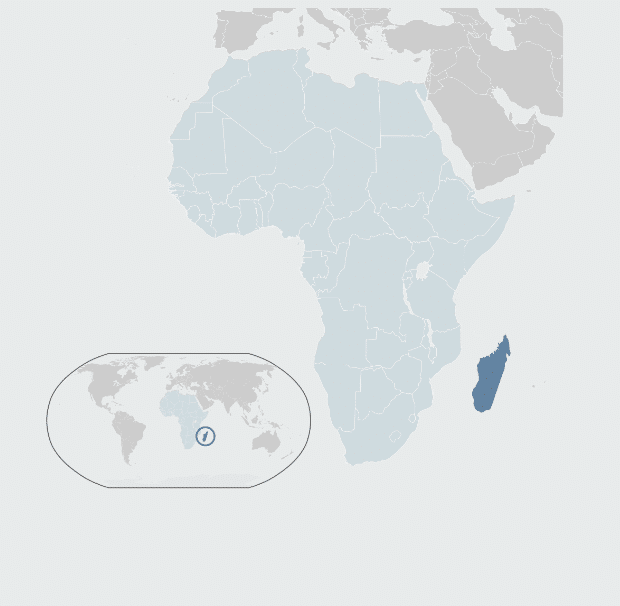
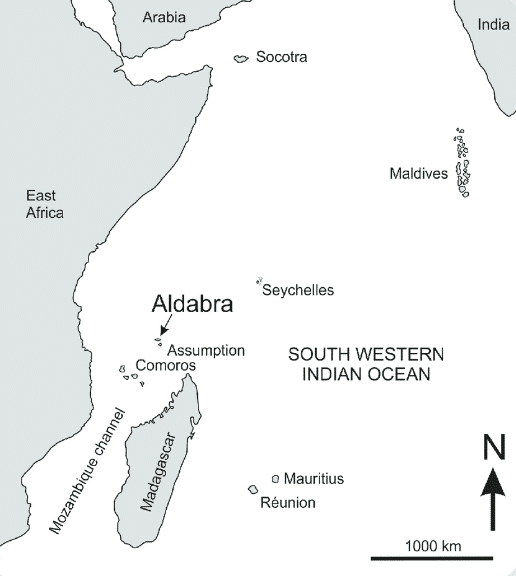
The current Malagasy population is estimated at 26 million. The country is made up of 18 different ethnic groups of different historical and geographical origins. Some historians suggest that Madagascan people have their origin from Malay and east African seafarers that arrived in the island around the first century.
The earliest evidence of humans on the island dates to about 10,000 years ago and recent research indicates that Madagascar was the refuge of European pirates and Portuguese seafarers discovered the island in 1500.
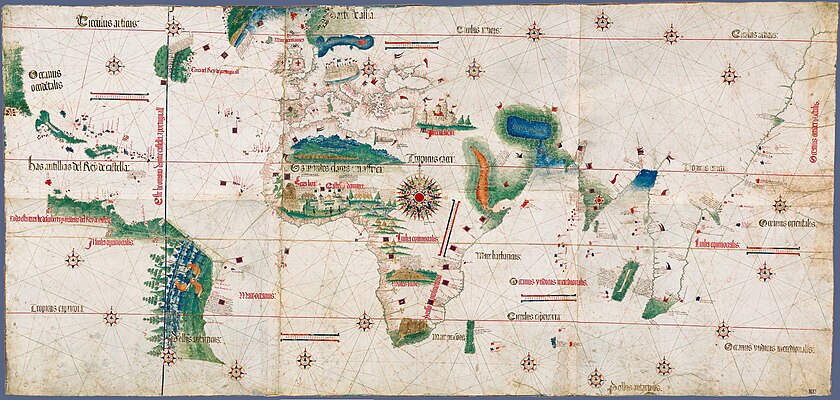
Madagascar was ‘officially’ discovered in 1500 by the 15th-century Portuguese navigator/explorer Diogo Dias -also known as Diogo Gomes. Having struck a route too far east, Dias was the first European to sight the island of Madagascar. On the return of Diaz to Portugal the King concluded that the island must be Madagascar, about which he had read in Marco Polo’s ‘Voyages’. Historical documents however suggest that the Venetian merchant -who never visited Madagascar, confused the island with the kingdom of Mogadishu in Somalia, East Africa (situated just north of the equator), and named it based on a mispronunciation and misspelling of the name Mogadishu. The name ‘Madagascar’ (or ‘Madagasikara’ in Malagasy) had indeed become popular in the Middle Ages and has remained the official name of the island.
MADAGASCAR
BIODIVERSITY HOTSPOT UNLIKE ANY OTHER
The island of Madagascar has developed its own distinct ecosystems and extraordinary wildlife since it split from the African and Asian continent for more than 80 million years ago. Approximately 95% of Malagasy reptiles, 89% of its plant life, and 92% of its mammals exist nowhere else on Earth…

Madagascar is a haven of diverse ecosystems -ranging from lush rainforests and mysterious mangroves to dry deserts and vibrant coral reefs, and rich biodiversity, with an exceptional rate of endemism. This has led the country to be ranked among the ‘Biodiversity Hotspots’, which includes 36 regions covering only 2.3% of the earth’s surface but hosting about 90% of the world’s biological diversity, yet highly threatened.
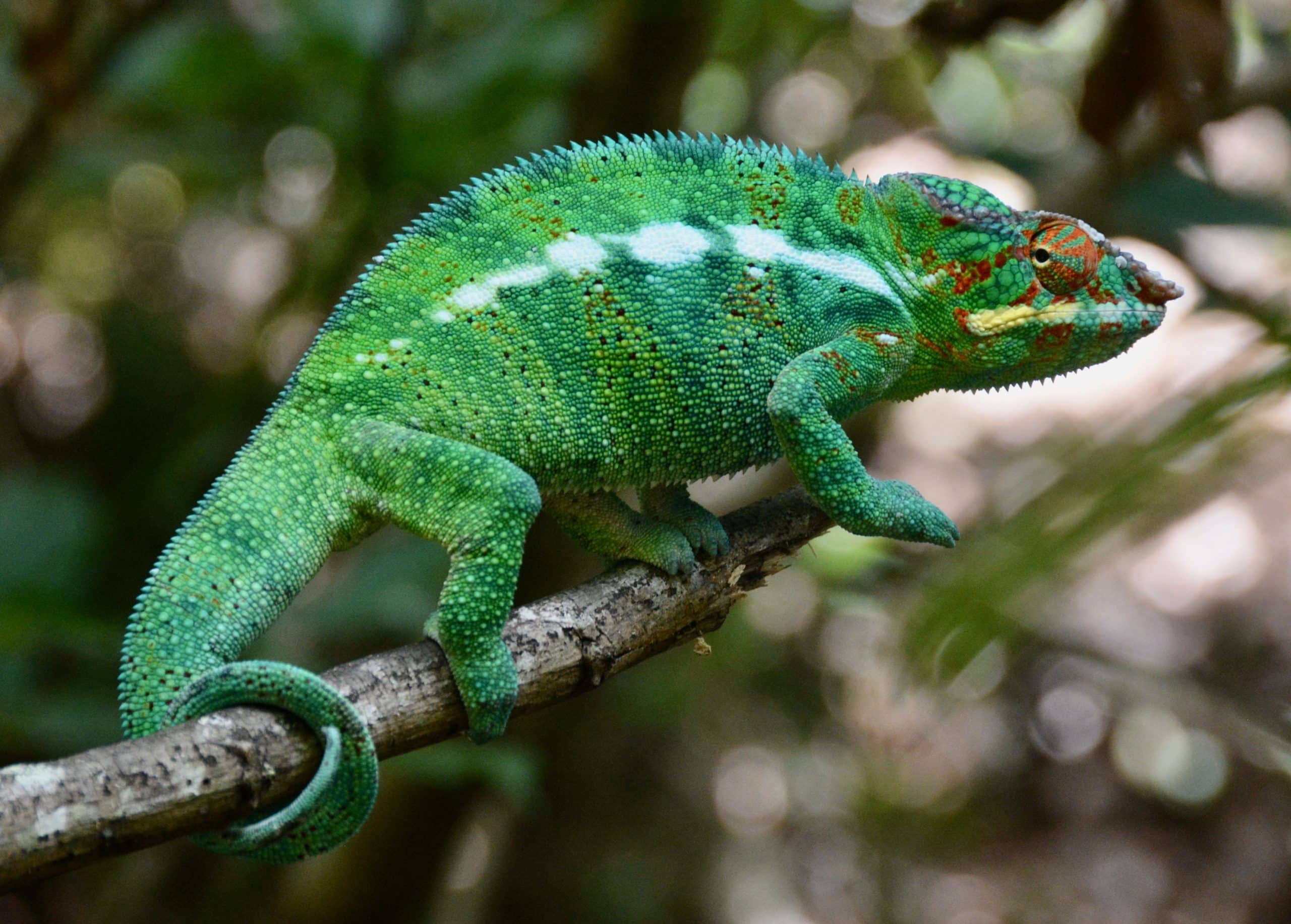
Madagascar is a fascinating biodiversity hotspot, and home to extraordinary wildlife including 25% of the world’s lemurs, all of which are endemic to the island. Madagascar is famous for its vibrant chameleons, featuring the largest (Furcifer oustaleti, Calumma parsonii) and the smallest (Brookesia minima) species globally. The island also hosts bats -82% of the 46 species are endemic, the highest level for any tropical island. Notably, 6 of the world’s 8 fascinating baobab species are native to Madagascar. Since 2000, over 1,000 new species, including the smallest primate and a giant leaf-tailed colour-changing gecko, have been discovered on the island.
Madagascar has about 9 million ha of forest. The remaining primary vegetation is comprised of evergreen formations in the east and the Central Highlands, dry deciduous formations in the west, a very particular spiny bush in the south, mangroves, and important areas of freshwater marshlands.
It is therefore no surprise that the island is also known for producing some of the world’s best vanilla and the most sought after flavour-bombing cacao in the world. Some of the best single-origin cacao on Earth is indeed grown and produced in Madagascar, where the islands’ ecosystem gives it cacao unique flavour and aroma potential.
THEOBROMA CACAO ON AN ISOLATED ISLAND
EXTREMELY INTRIGUING
There are several theories about how cacao was introduced to Madagascar, some more plausible than others. The most widely accepted theory suggests that cacao was introduced in the early 1800s via La Reunion from Asia, possibly through Ceylon (now Sri Lanka), bringing with it genetics typical of the Criollo group. Genetic analysis has confirmed that Madagascar is one of the few places where pure Criollo cacao can still be found, with these varieties tracing their roots back to Meso-America.
Initially –during the colonial period (by the French 1895-1958), cacao was grown exclusively on plantations. Later, there was an expansion as smallholder farmers began cultivating cacao on their own lands.
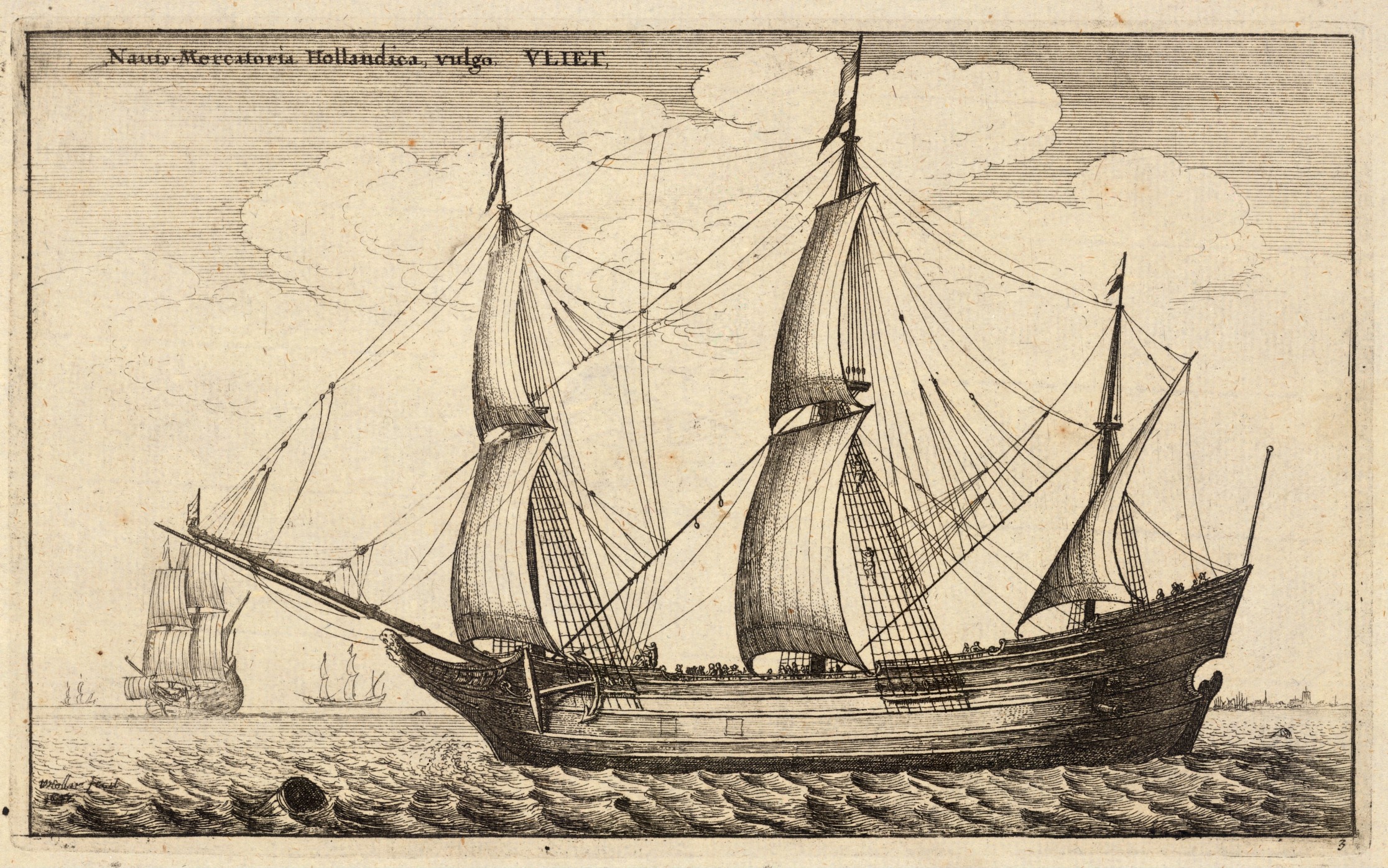
Today, the genetic mix of cacao found in Madagascar is one-of-a-kind, having evolved over time within the island’s distinctive and isolated ecosystem. What sets it apart is that since the late 1800s and early 1900s, no new cacao varieties have been introduced. This means that the current genetic mix is entirely the result of natural cross-pollination among the existing cacao plants, with no later reintroductions or human-engineered breeding. This makes Madagascan cacao exceptionally unique.
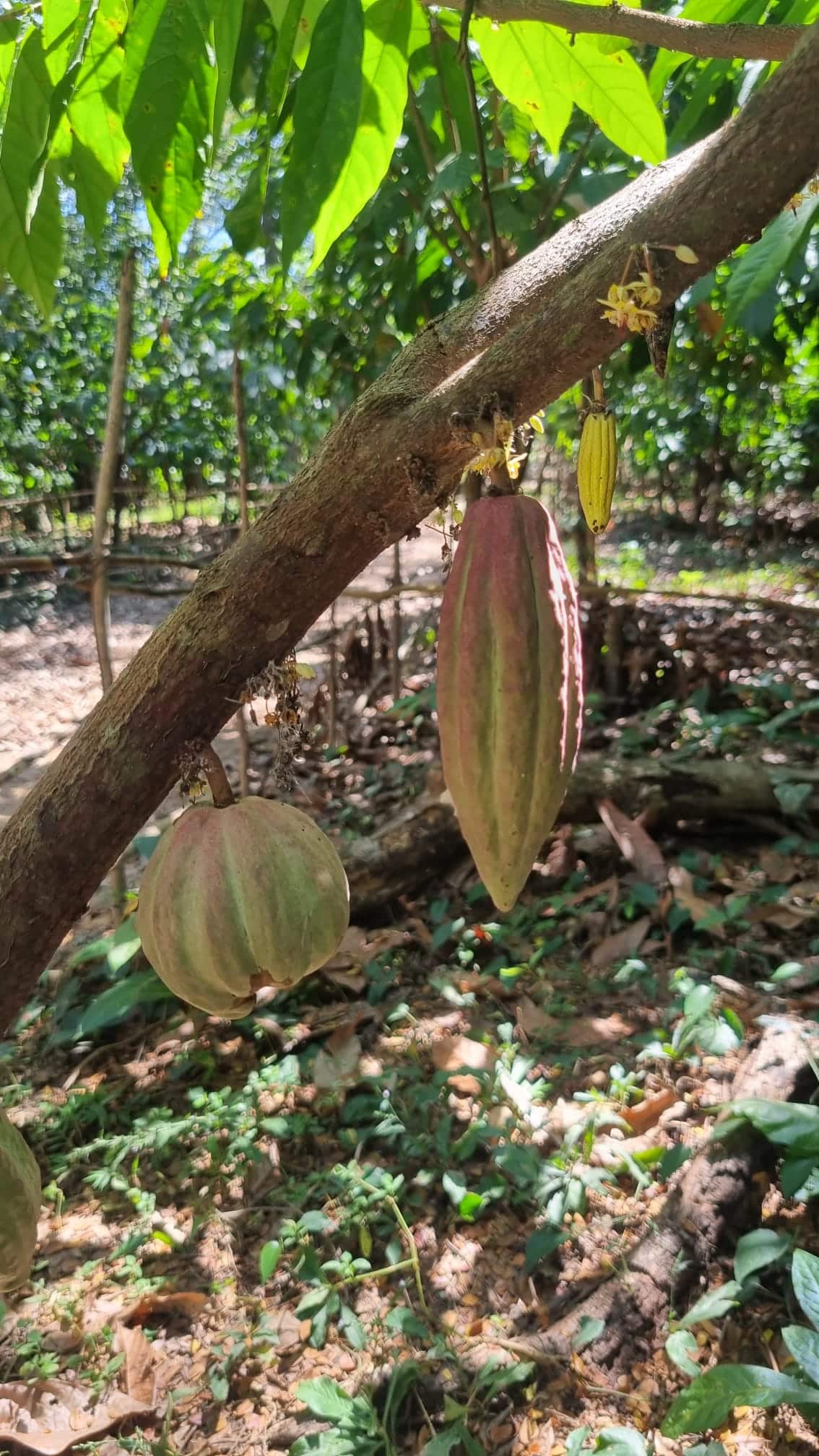

While cacao initially took root in Anivorano on the East coast, it is the Sambirano Valley that has become the epicenter of the Madagascan cacao production. The valley provides an ideal environment for growing cacao, with its favourable climate and the added protection from cyclones offered by the nearby Tsaratanana mountains. The valley’s rich biodiversity, including fruit trees like mango, banana, lychee, and jackfruit, further enhances the conditions for cultivating high-quality cacao.
THEOBROMA CACAO ON AN ISOLATED ISLAND
EXTREMELY SCARCE
In the world of cacao production, Madagascar -along with the neighbouring islands of Comoros and Reunion, occupies a unique position. Though their contribution to global cacao output is small -and cacao never became a major cash crop locally, these islands are renowned for the exceptional quality of their beans.
While Madagascar saw a brief cacao boom in the 1880s and 1890s on plantations on the east coast, it was the Sambirano Valley in the northwest that became the heart of the country’s cacao industry. Nowadays cacao is grown on very small farms, averaging 0.8 hectares, by about 30,000 smallholders. These farmers sell their production to collectors, sub-collectors, and cooperatives, operating on a combined area of 30,000 hectares.
Madagascar’s cacao production has generally been on the rise, with a notable increase in recent years. This upward trend could be attributed to a combination of factors, such as enhanced agricultural practices, favourable climate conditions, and growing global demand for Madagascar’s high-quality cacao.

Madagascar’s cacao production figures in recent years range from 10,000 metric tons in 2010 to 12,000 metric tons in 2015 and 15,000 metric tons in 2022.
However, the year 2023 marked a significant decline, with production falling to back to 12,500 metric tons. According to our local intel -and as per Katrien’s recent on-site inspection (see -> Field Reality Insights dd August 2024), this downward trend is expected to continue this year, making it the second consecutive year of reduced cacao volumes…
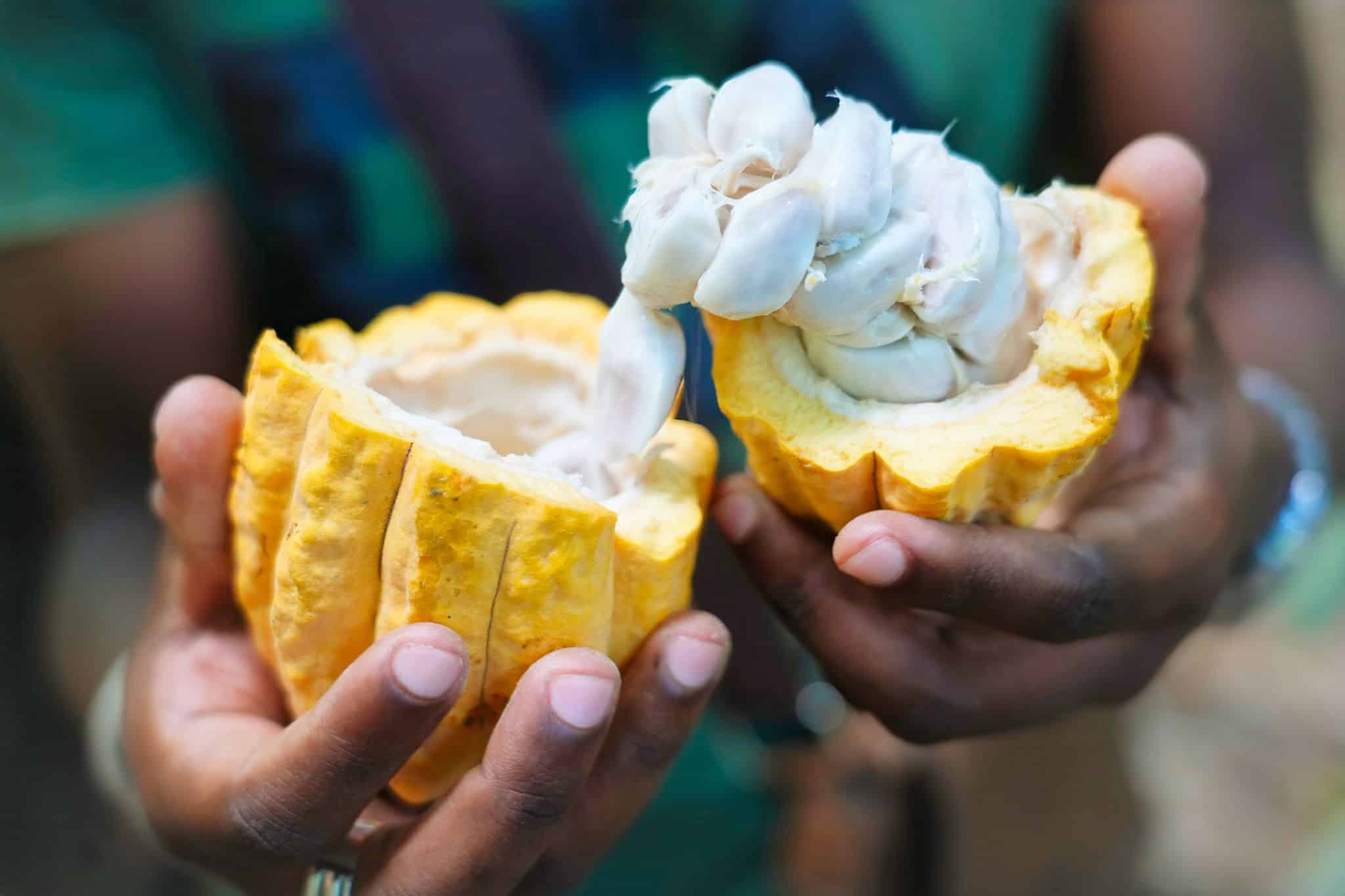
Madagascar holds a unique position in the world of cacao, both literally (in terms of its isolated location) and figuratively. Although it ranks 19th in global cacao production and hasn’t established cacao as a major cash crop, the island is celebrated for the exceptional quality of its beans. Chocolates made from Madagascar’s cocoa are esteemed by top pastry chefs worldwide and are considered ‘haut de gamme’. With the prestigious ‘100% fine cocoa’ designation from the International Cocoa Organization (ICCO), Madagascan cacao is internationally recognised as truly exceptional, standing out among the best in the world.
MADA CACAO BEANS
EXTREMELY WANTED, BUT EXTREMELY SCARCE
SILVA MADA CACAO TRIP AUGUST 2024 – FIELD REALITY INSIGHT
If you’ve worked with Madagascan cacao beans, you’ve likely noticed their rarity in the market. Silva’s recent field visit aimed to provide a comprehensive understanding of the situation in Madagascar, including weather impacts and harvest forecasts for the upcoming season.
Our chief cacaopreneur, Katrien, laced up her jungle boots to investigate firsthand. She visited local cooperatives and conducted extensive testing and tasting of various batches from both stocks and upcoming shipments to ensure our quality standards remain high, even under challenging conditions. Additionally, we discussed with our partners a strategy for EUDR compliance, which included detailed training on the new legislation and a roadmap for readiness.
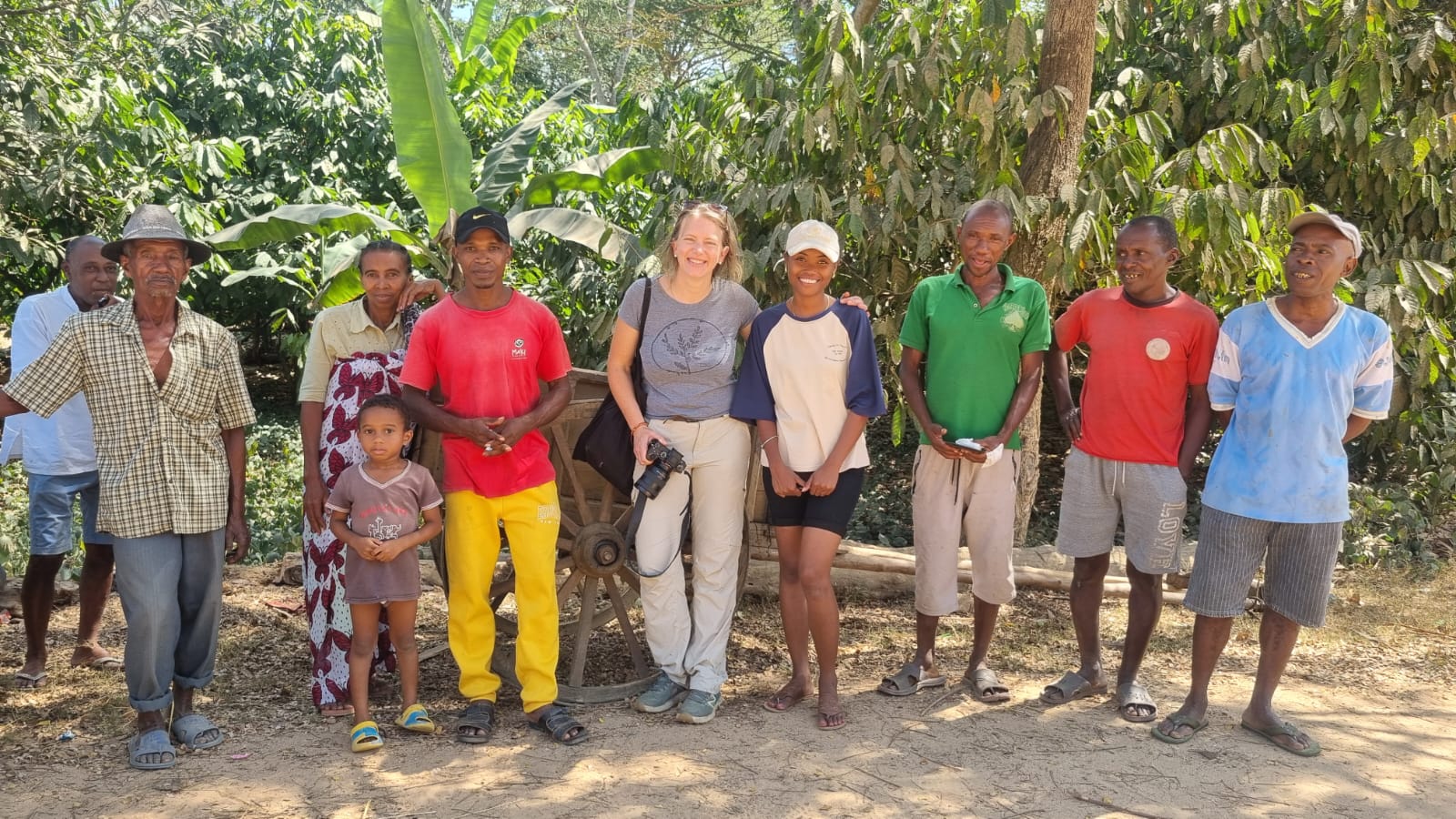
During her visit, Katrien carried out a thorough field survey and engaged in insightful discussions with Silva’s partners at MAVA and UCLS. This has enabled us to offer you a detailed and current field report, outlining the latest developments and challenges. More importantly, we’ve successfully secured a supply of these exceptional, unique beans for your end-of-year production. Given the limited availability, we strongly recommend acting swiftly to reserve your supply.
DISRUPTION IN MADA’S CACAO VOLUMES & QUALITY
CHALLENGE DEEP DIVE
ADVERSE WEATHER CONDITIONS
This year, Madagascar, like many cacao-growing regions, has experienced significant shifts in weather patterns, deeply affecting cacao production. Over the past three years, the weather in Sambirano, Madagascar has been marked by a tropical climate with pronounced fluctuations in rainfall and temperature. Long drought periods, combined with extreme weather events such as Tropical Storm Cheneso in January 2023 and the cyclones of February-March 2024, have turned cacao production upside down.
Statistics on Rain and Dry Seasons:
- The typical small harvest season runs from May to June, and peak season from September to December.
- The rainy season from October to March boosts flowering and cacao pod development for the small peak season, while small rains in June and July further enhance flowering for the peak season.
The 2023 peak season fell short of expectations due to prolonged drought and insufficient nutrients for pod development.
The 2024 small season faced severe setbacks from strong cyclones in February and March, which caused flooding, uprooted trees across the Sambirano area, and led to saltwater intrusion in coastal cacao-growing regions. As a result, villages have been displaced, and farmers are struggling to sustain their livelihoods by shifting between forests, agroforestry, rice fields, and other land uses.
For the upcoming 2024 peak season, some farms are already seeing an early start with promising quality and quantity of cacao pods. However, other farms are struggling due to insufficient rain, which has led to poor flowering and limited pod development. Additionally, disease outbreaks are exacerbating the issue, causing some farms to miss out on a significant portion of the season. Adverse rain patterns are also complicating the drying process, which could negatively impact the quality of the beans.
FRAGILE FARMS
Traditional production systems in Madagascar are ‘low-input’, meaning no fertilizers or crop protection products are used in the farms. So even when not the whole production is certified organic, cacao is organic by nature. This method makes farms highly dependent on what nature provides. In adverse years with long droughts and less natural nutrition, production drops directly. Additionally, more diseases (including some new ones) are observed, leaving certain trees with no cacao pods or diseased pods. The absence of crop protection methods directly impacts farm production.
Even if cacao grows under canopy, -and considering the fact that most farms are around for centuries, the region suffers. Deforestation for rice production, cattle and other agricultural crop production puts further stress on water availability in the soil, and creating a more vulnerable ecosystem.
MESSY LOGISTICS
The Red Sea remains an unsafe zone, requiring vessels to take a longer route via Colombo and around the Cape of Good Hope to reach Europe, resulting in transit times of up to 3 months. On top of adverse weather conditions, this complicates timely deliveries. Shipping lines have also reduced their calls to the port of Diego to once a month instead of every two weeks. The road from Ambanja to Diego is non-functional, necessitating a significant detour to reach the port. For organic shipments, sample inspections by authorities can delay shipments further, potentially missing the next vessel and causing an additional month’s wait.
These challenges are the primary reasons why Madagascar’s high-quality cacao is currently scarce on the market. The strong demand for this premium product is driving prices higher. Madagascar’s unique cacao genetics, soils, and skilled expertise hold great potential, but the limited land suitable for cacao cultivation constrains expansion. As a result, the value of Madagascar cacao is likely to stay high in the future.
Considering these factors, it’s crucial for anyone interested in Madagascan beans to plan ahead to ensure a steady supply.
IN GOOD COMPANY – IN THE SPOTLIGHT
OUR AMAZING LOCAL PARTNERS (& THEIR CACAO)
In Madagascar, we collaborate with two amazing local hero-partners:
MAVA
MAVA is a group of agricultural companies cultivating crops like ylang ylang, coffee, patchouli, vanilla… and cacao. The MAVA cacao estate -entirely owned by Malagasy families, comprises 8 cacao plantations that stretch from north to south along the Sambirano Valley.
Why do we love MAVA so much?
At MAVA farms, workers make the most of non-cacao areas by growing rice, vegetables, and raising cattle. They also enjoy the benefits of MAVA’s social security system, with women given priority for cacao harvesting and selection roles.
Unlike other producers that blend beans for a uniform flavour, MAVA keeps cacao from each farm separate, enabling distinct genetic blends and specialised post-harvest processes. This meticulous approach results in unique and exceptional quality and flavours, earning MAVA its reputation as a ‘cocoa of excellence awarded’ cacao producer and one of our highly valued local partners.
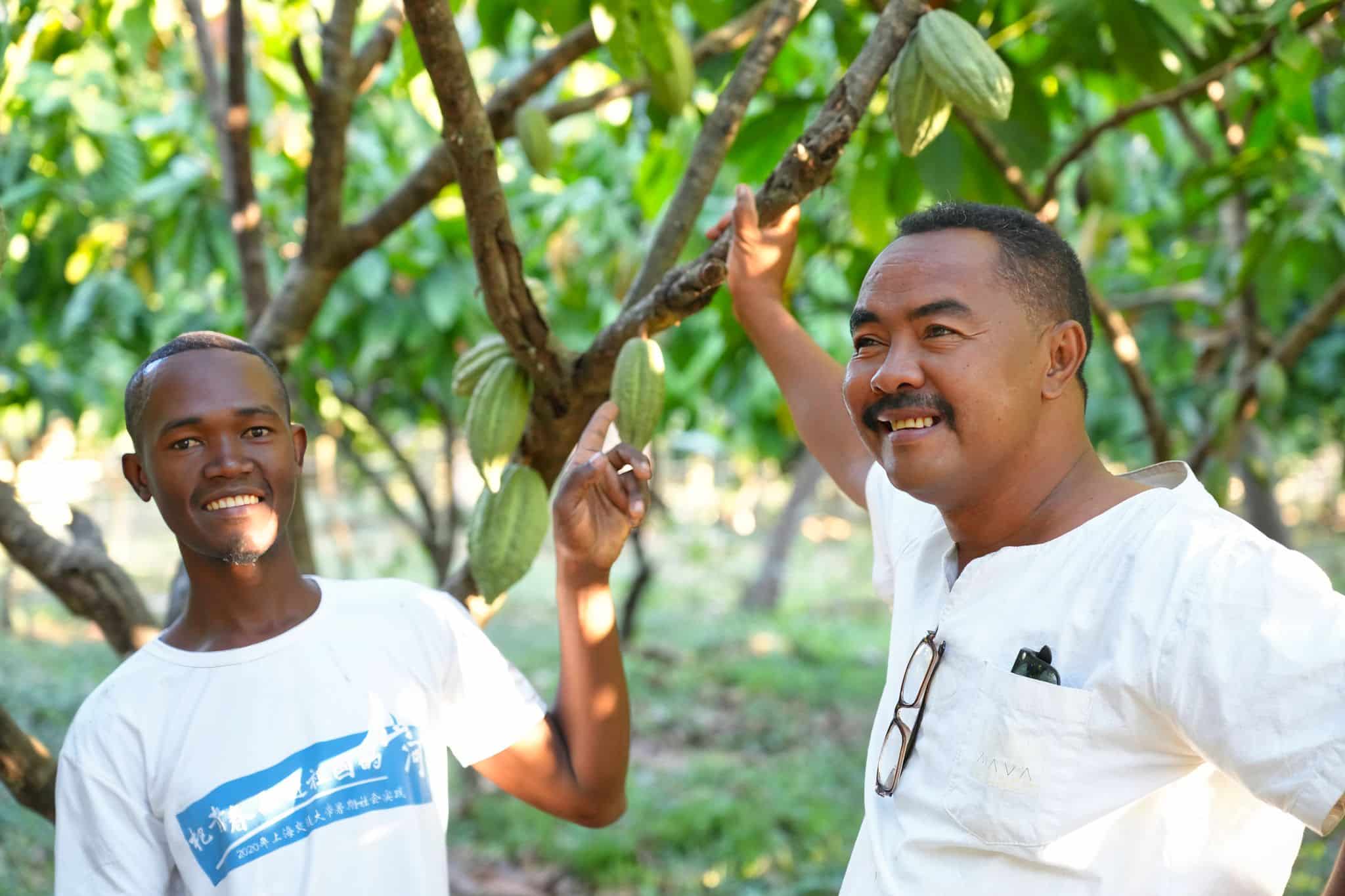
Silva’s MAVA cacao collection features 4 different organic cacao beans:
- Sambirano Ambohimena Organic Cacao offers a well-rounded aromatic profile with alternating flavours of dried fruits, spices, nuts, and sweetness, highlighted by fresh red fruits and a lingering minty finish. Although it has fewer chocolaty notes compared to other Madagascan cacaos, its exceptional quality is rooted in Madagascar’s outstanding genetic heritage.
- Sambirano Antsamala Organic Cacao features a classic, smooth chocolaty profile with a pleasant citric touch, complemented by distinctive spicy, woody, and nutty flavours along with subtle floral notes. Its exceptional quality is attributed to Madagascar’s unique genetic heritage, where Criollo, Trinitario, and Forastero varieties have flourished in the island’s climate and soil.
- Sambirano Amabalahonko Organic Cacao offers creamy hints of cashew and a touch of cedar wood. While it has fewer chocolatey notes than other Madagascan cacaos, its exceptional quality comes from its unique genetics, which are complemented by delicate lemon notes and pleasant fruity flavours.
- Sambirano Ottange Organic Cacao boasts a complex flavour profile with a gentle acidity and subtle chocolaty notes. It offers an elegant and somewhat spicy bouquet of red fruits, honey, roasted nuts, coffee, and cacao, complemented by mature hints of blonde tobacco and spices. The finish is long and refreshing with minty undertones, making Ottange a true Cocoa of Excellence Award winner. The exceptional quality comes from Madagascar’s unique genetic heritage, where Trinitario varieties have flourished in the island’s distinct climate and soil.
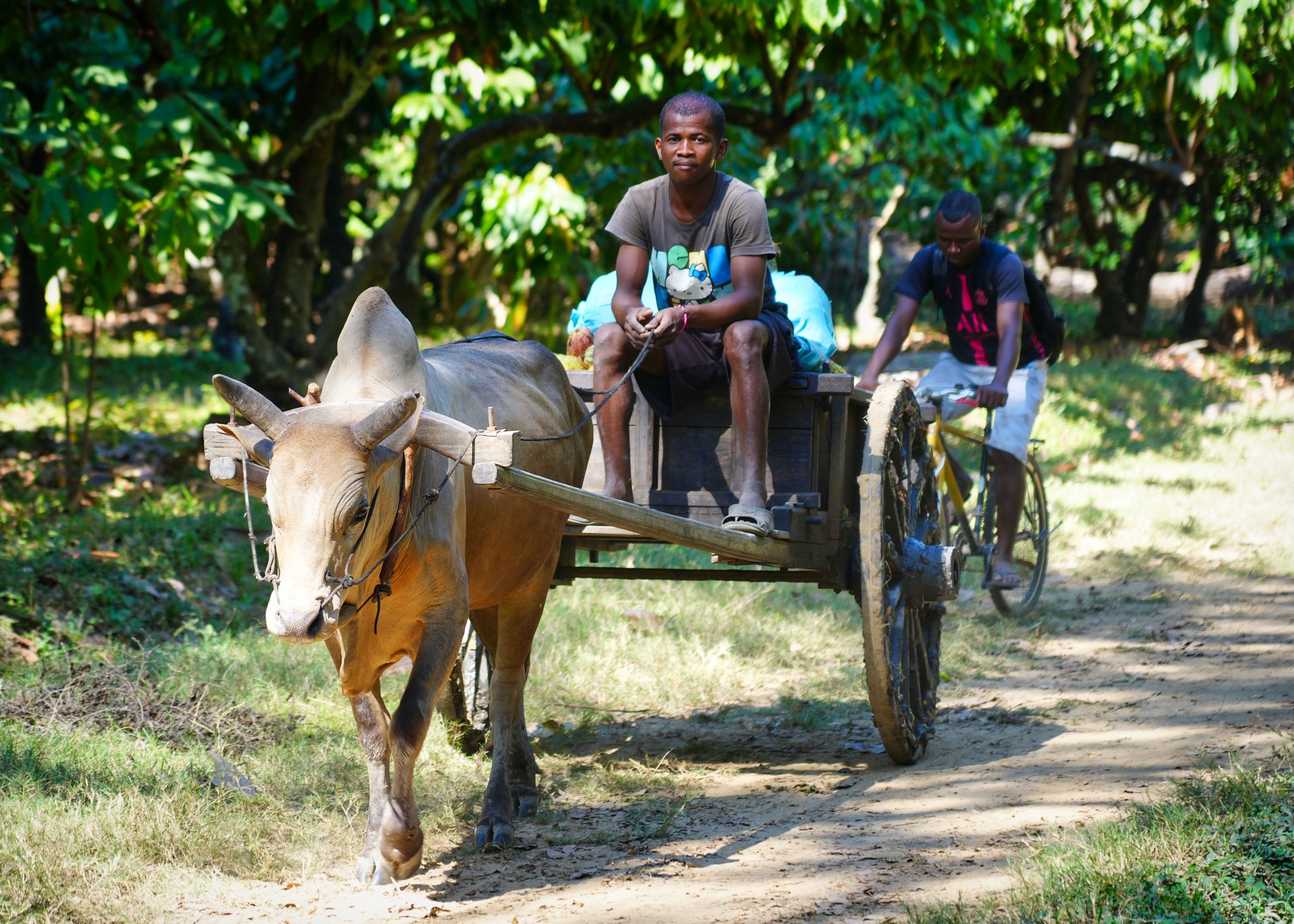
UCLS – Union de Coopérative Lazan’ny
Founded in 2009, UCLS is celebrating its 15th anniversary this year. It serves as an umbrella organisation for 23 primary cooperatives, with 410 members who are shareholders in both their cooperative and UCLS.
Why do we love UCLS so much?
UCLS’ structure ensures that they maximise the benefits from added value in the supply chain and pre-financing. UCLS has developed a thorough cacao program that emphasises organic farming, careful selection of planting materials, and optimised post-harvest practices.
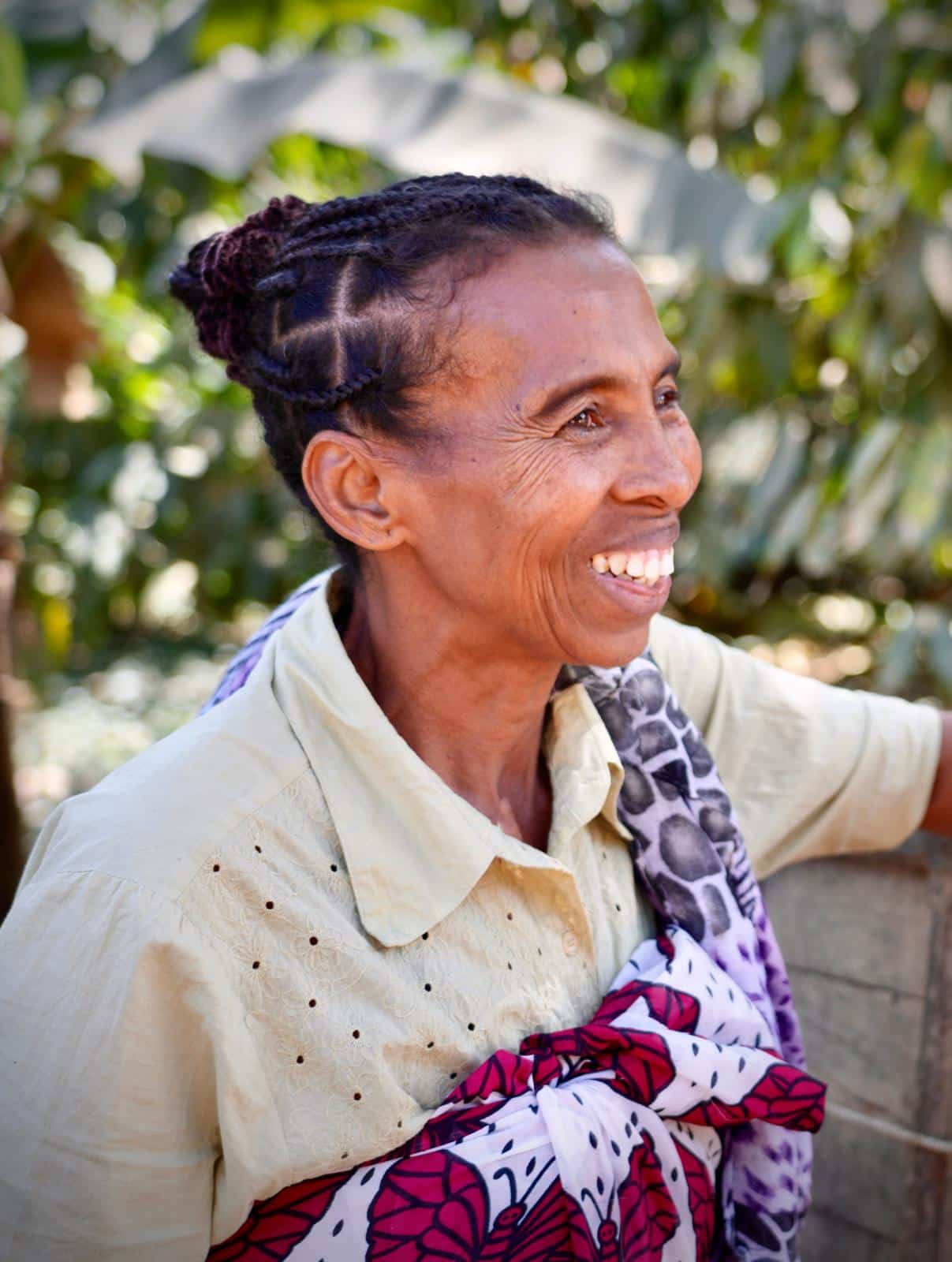

Silva’s UCLS cacao collection features a trio of organic cacao beans from cooperatives in the low, mid, and high Sambirano regions:
- Sambirano Tsarafandray Organic Cacao offers a beautifully balanced flavour profile with medium acidity and fruity notes of berries and cherries. It features delicate hints of jasmine and vanilla, with a fresh citrus bloom in the aftertaste. Like all Madagascan cacao, Tsarafandray boasts exceptional genetics, with Criollo, Trinitario, and Forastero varieties flourishing in the island’s unique climate and soil.
- T’mar Cooperative delivers unique and high-quality beans. Sambirano T’mar Organic Cacao presents an a-typical round and creamy profile with notes of mocca, toffee and a refreshing hint of pomelo and lemongrass. As with all Madagascan cacao, T’mar benefits from exceptional genetics, with Criollo, Trinitario, and Forastero varieties thriving in the island’s unique climate and soil.
- Renowned for its small micro-lots in lower Sambirano valley, this Mivoatra Cooperative produces beans through a simple yet carefully controlled post-harvest process that imparts magical taste. Sambirano Mivoatra Organic Cacao boasts a rich aroma of fruits and nuts, with a smooth, well-rounded flavour profile that highlights the red fruit acidity, especially raspberry and strawberry yogurt, alongside notes of raisins, sweet nuts, and praliné. Hints of spices, bergamot, and a touch of kir add layers of complexity. Grown in the lower Sambirano Valley, this cacao thrives in a unique microclimate with a distinct harvesting period, resulting in its exceptional taste.
Are you as intrigued by these unique beans from Madagascar as we are at Silva ?
Feel free to reach out to the Silva team.
Katrien, Jan, Coralie, and Ricardo can’t wait to share their expertise and help you discover your perfect ‘Madagascan Match’.
